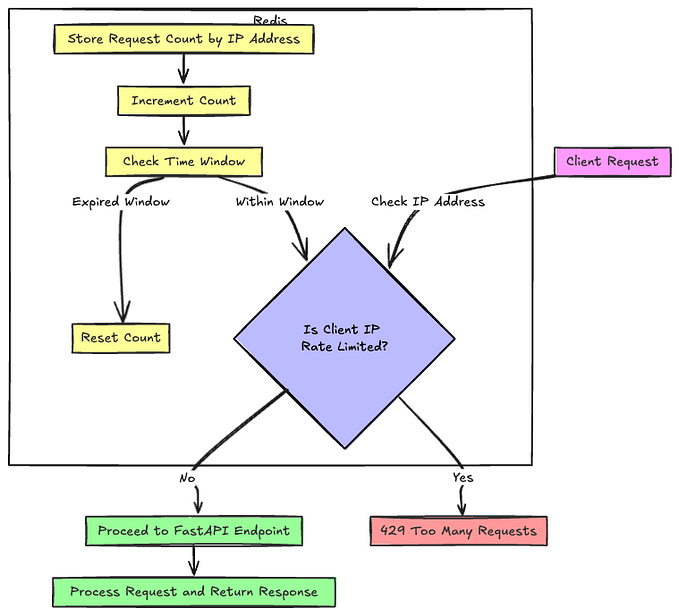Latest Updates in React.js (2024)

React.js continues to evolve, bringing performance improvements, new features, and updates that empower developers to build faster, more scalable, and maintainable applications. Let’s explore the most significant updates in React.js as of 2024.
1. React Server Components (RSC) Integration in Next.js
React Server Components (RSC) represent a game-changing feature in React’s ecosystem, enabling developers to build full-stack apps with optimized performance. The integration of React Server Components in Next.js allows developers to render components on the server without shipping JavaScript to the client, reducing the client-side bundle size.
Key benefits of RSC:
- Less JavaScript sent to the client, improving load times.
- Better SEO with server-rendered HTML.
- Seamless data fetching and streaming capabilities.
Developers can now write components that fetch data directly from the server, stream results, and avoid the overhead of rehydrating data on the client.
2. Concurrent Features & Automatic Batching
React’s Concurrent Rendering continues to mature in 2024. It enables rendering large UI updates without blocking the main thread, leading to smoother, more responsive user interfaces. React has introduced automatic batching of state updates, improving performance by reducing unnecessary re-renders.
What’s new:
- Concurrent Features: Suspense, Streaming, and Transitions allow non-blocking rendering for smoother UIs.
- Automatic Batching: Multiple state updates are batched automatically, reducing re-renders and boosting performance.
Example of automatic batching:
function handleClick() {
setCount(c => c + 1);
setFlag(f => !f);
}
// Both setState calls are batched, causing only one re-render.3. Improved Developer Experience with React DevTools
React DevTools has received major improvements, making it easier to inspect React apps. Some key updates:
- Profiler Enhancements: The profiler has been upgraded to provide more detailed insights into component rendering performance.
- Component Stack: DevTools now provides an easier-to-read component stack, making debugging more straightforward.
Developers can also take advantage of Component Events to inspect user interactions and component updates directly in DevTools, giving deeper insight into application performance.
4. React 18 Hooks Enhancements
React 18 introduced several enhancements to existing hooks, making state management more intuitive and performant. Hooks like useTransition, useDeferredValue, and useId have been improved to handle complex scenarios.
useTransition: This hook allows you to mark UI updates as low-priority, making the UI feel more responsive during complex state changes.
Example:
const [isPending, startTransition] = useTransition();function handleUpdate() {
startTransition(() => {
// Low-priority state update
setSlowState(newState);
});
}useDeferredValue: This hook defers updates to non-urgent components, reducing jank in heavy UI operations.useId: Simplifies working with unique IDs across the app and ensures consistency between the server and client when rendering.
5. Streaming SSR with Suspense
Suspense has now been extended to handle more use cases, such as streaming server-rendered components with Server-Side Rendering (SSR). With Suspense, React can now stream partial responses from the server, allowing portions of the UI to display earlier, improving Time to First Byte (TTFB).
Key benefits:
- Users can see some content while waiting for the rest to load.
- Smoother loading experience for users on slow networks.
6. ESM-Only Support
React.js is moving towards full ESM (ECMAScript Module) support, which ensures better interoperability with modern JavaScript tooling and ecosystems. This change improves tree-shaking and overall performance by optimizing bundling strategies.
7. React Native Synchronization
2024 brings closer synchronization between React.js and React Native. Shared components and features ensure that building for both the web and mobile platforms is more seamless. Improved tooling enables developers to share code between React.js and React Native projects more effectively.
8. New JSX Transform
The JSX transform introduced with React 17 continues to be a significant improvement in React 18 and beyond. It allows developers to write JSX without importing React at the top of every file. This makes the code cleaner and reduces import overhead.
Conclusion
React.js in 2024 continues to lead the way in building scalable, high-performance web applications. The latest updates in server-side rendering, automatic batching, concurrent rendering, and hooks enhancements significantly improve both developer and user experiences. Whether you are building enterprise-level apps or experimenting with new ideas, React’s evolving ecosystem offers powerful tools and patterns to make development easier and more efficient.
Stay updated with the latest in React to leverage these exciting new features and push your applications to the next level!








